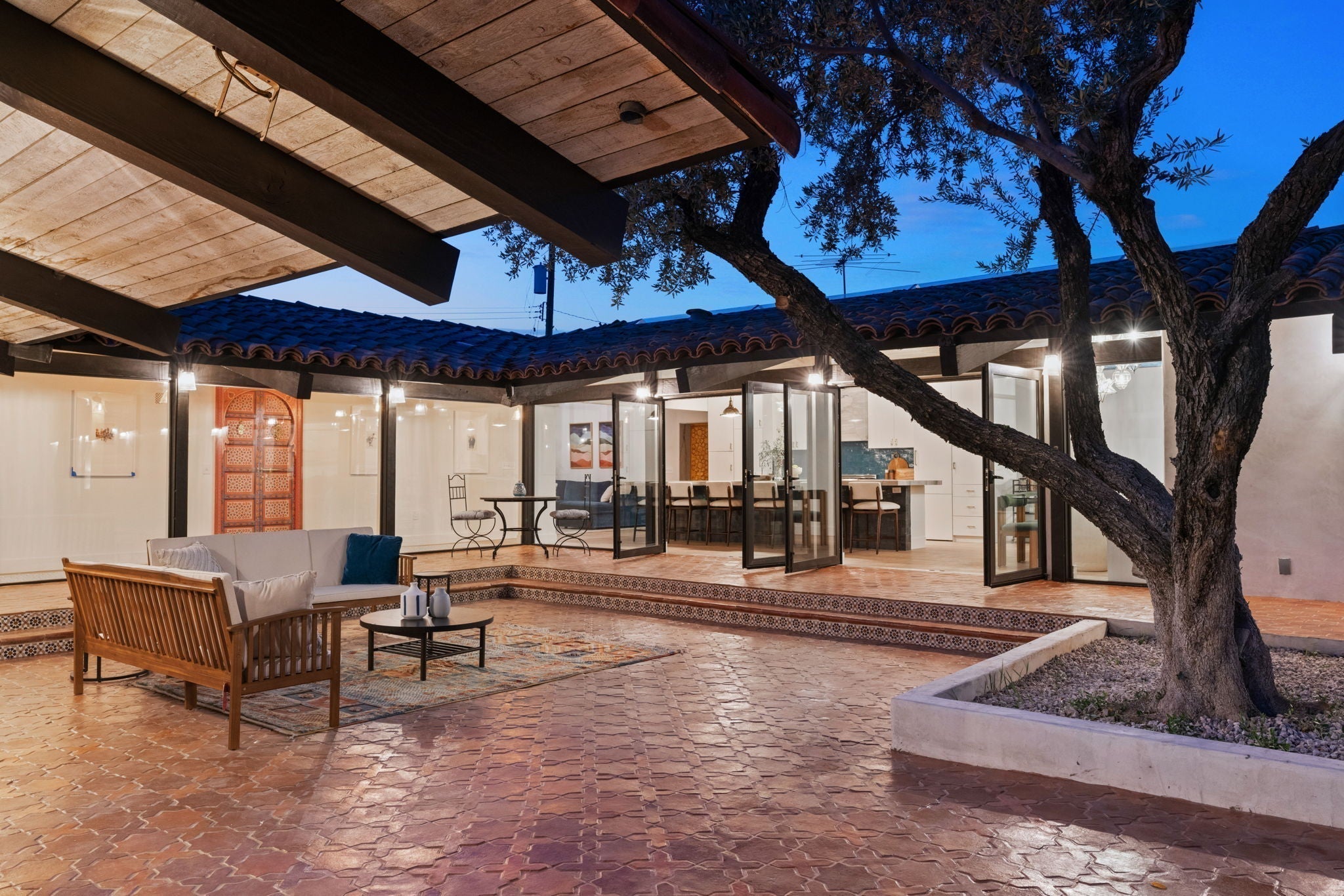Terracotta tile: history and heritage

Terracotta, meaning “baked earth” in Italian, is one of the world’s oldest and most enduring building materials. Its origins trace back thousands of years to ancient civilizations such as Mesopotamia, Morocco, Greece, and Rome, where natural clay was shaped by hand, dried in the sun, and then fired to create durable tiles, vessels, and architectural ornaments. In Mediterranean cultures, terracotta tiles became a hallmark of traditional architecture, valued for their earthy warmth, natural beauty, and resilience. Roman builders used them extensively in villas, public baths, and aqueducts, while Spanish and Italian artisans refined the craft into the iconic red and burnt-orange tiles that continue to define European rooftops and courtyards.
Terracotta’s heritage also extends to Asia and the Americas. From Chinese temples to pre-Columbian structures in Central and South America, the material was prized for both its practicality and symbolism connecting people to the earth through its raw, organic character.
Today, terracotta tiles remain a celebration of cultural heritage and timeless design. Each piece carries subtle variations in color, texture, and tone, reflecting the artisanal techniques and natural clay of its region. Whether used on floors, walls, or rooftops, terracotta continues to embody a story of craftsmanship, tradition, and the enduring relationship between humanity and the earth.
What is terracotta tile?
Terracotta tile is a traditional ceramic tile made from natural clay that is shaped and fired to create durable, earthy surfaces. Known for its warm tones of red, orange, and brown, terracotta (meaning “baked earth” in Italian) has been used for centuries in Mediterranean, Spanish, and Southwestern architecture. Its porous nature gives it a rustic, handcrafted character, making sealing essential for protection. Versatile and timeless, terracotta tiles bring natural warmth, texture, and a sense of heritage to floors, walls, and outdoor spaces.
How to style Terracotta:
To style terracotta tile, highlight its warm, earthy tones by pairing it with natural materials like wood, stone, and rattan, or balance it with light neutrals such as white and cream for a fresh, modern contrast. For a rustic or Mediterranean look, layer in textured linens, wrought iron accents, and handcrafted details, while plants and greenery bring out the tile’s organic beauty. To create a more eclectic feel, mix colorful textiles, patterned rugs, or ceramic accents, and use warm lighting to enhance terracotta’s rich, timeless character.
Why we love this collection:
We love this terracotta collection because it celebrates timeless craftsmanship, natural beauty, and authentic charm. Each tile carries unique variations in tone and texture, reflecting the earthy warmth of clay and the artistry of tradition. Beyond its durability, terracotta brings character and soul to any space, whether creating a rustic Mediterranean ambiance, a cozy modern home, or a vibrant outdoor retreat. It’s not just a material; it’s a connection to heritage, design, and the enduring appeal of “baked earth.”
Explore our Terracotta Collection to find the perfect terracotta shape for your project.
Prepared by : Nadia Ait Bihi , Sep10,2025

